The Battle of Stonehenge: what to know about the controversial £1.7bn tunnel project
Building a tunnel on the stretch of the A303 passing Stonehenge has been mooted for years. Now it might become a reality
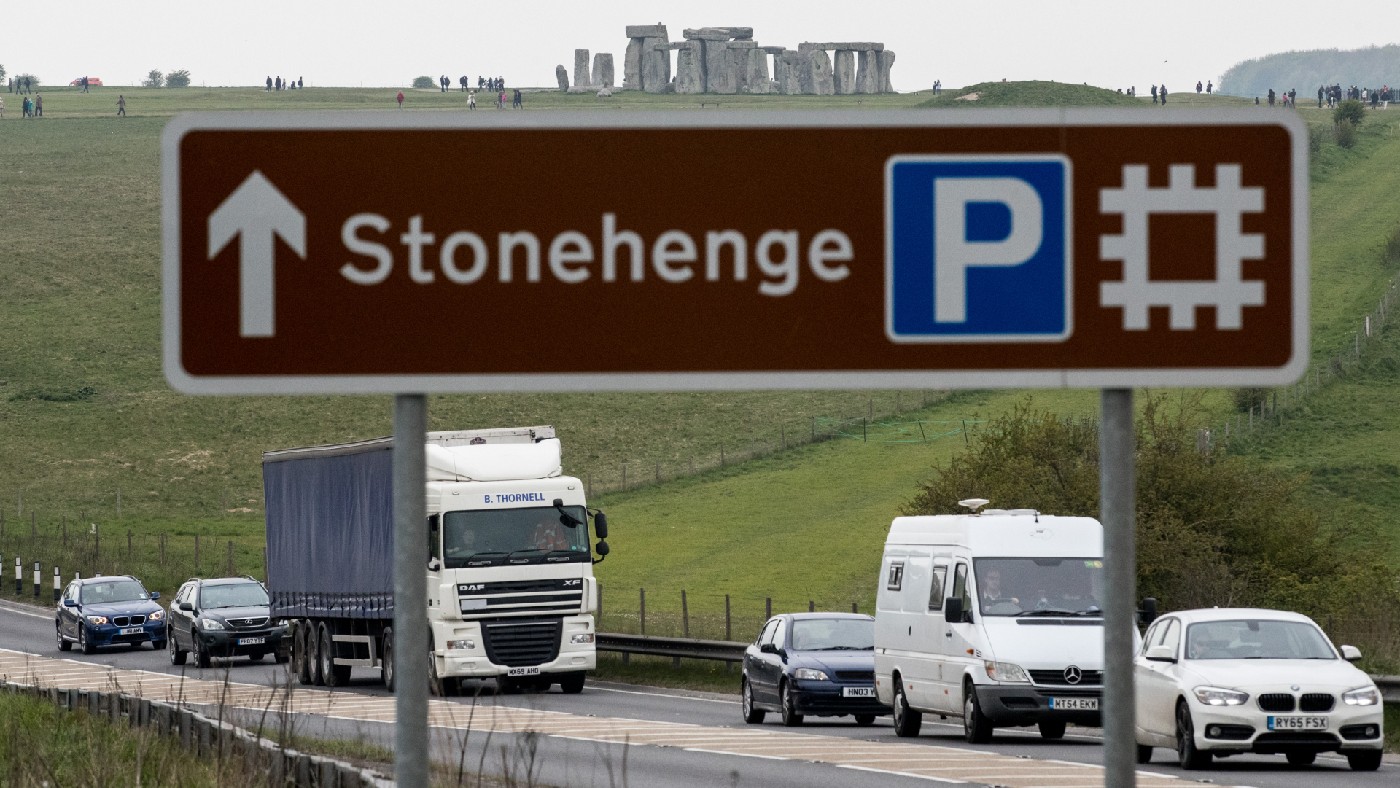
It’s Britain’s most picturesque traffic jam: a notorious bottleneck on the A303 in Wiltshire, which passes 200 yards from England’s – and possibly the world’s – most famous prehistoric monument, Stonehenge.
For decades, the A303, the most direct route between the Southeast and the Southwest, has been heavily overloaded. Most of this 100-mile corridor between the M3 and the M5 is dual carriageway, but 35 miles (including the Stonehenge section) is single carriageway – which, says Highways England, causes “congestion, delays and an increased risk of accidents”: 24,000 vehicles use the route per day, almost twice as many as it was designed for.
At weekends and in the summer, it’s more like 29,000; it routinely takes an hour or more to pass the short Stonehenge section. So the idea is to build a dual carriageway in a tunnel, thus “removing traffic from much of this iconic setting”, says Highways England.
The Week
Escape your echo chamber. Get the facts behind the news, plus analysis from multiple perspectives.

Sign up for The Week's Free Newsletters
From our morning news briefing to a weekly Good News Newsletter, get the best of The Week delivered directly to your inbox.
From our morning news briefing to a weekly Good News Newsletter, get the best of The Week delivered directly to your inbox.
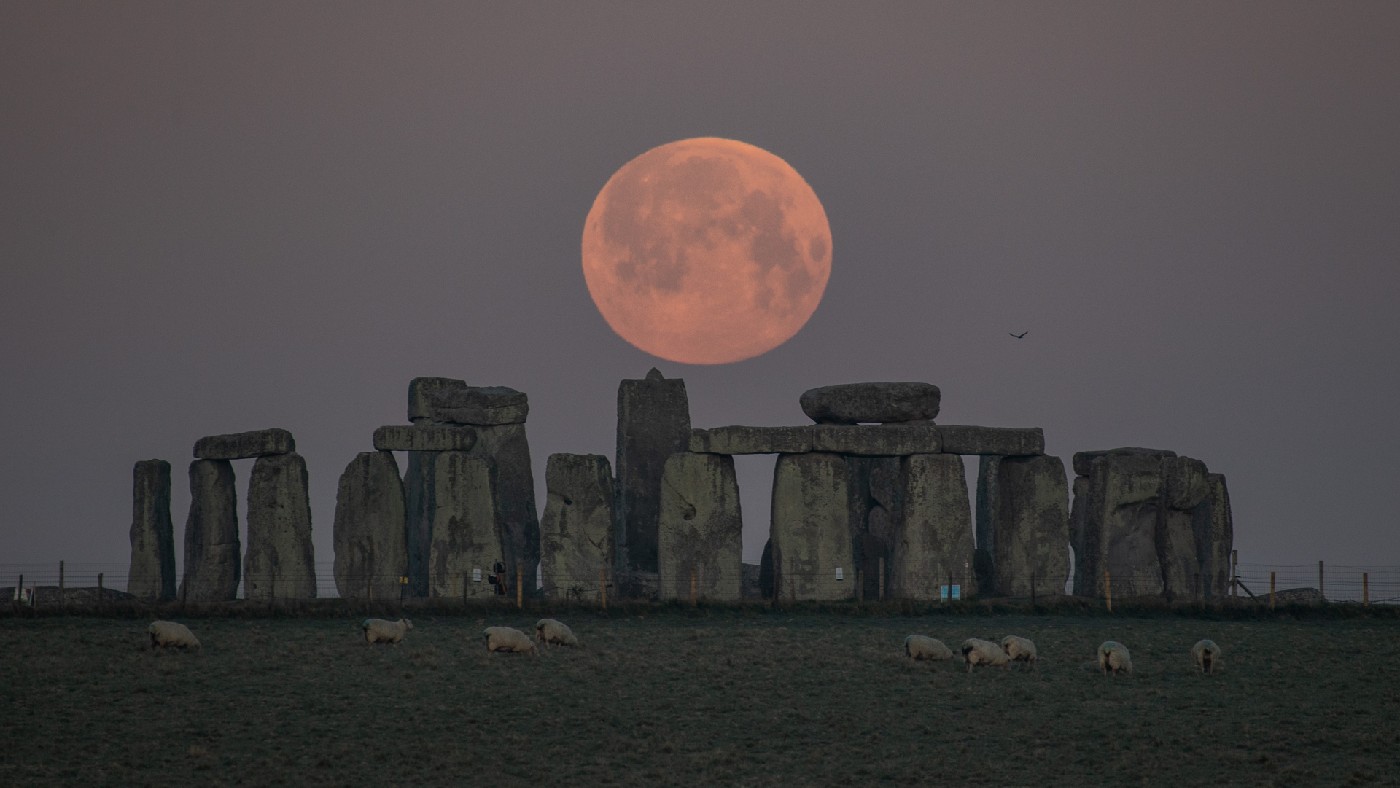
When was the plan first hatched?
It was first considered in the 1980s, but progress has been slow and laborious. Plans for a 1.3-mile underground bypass were scrapped in 2007 on cost grounds.
In 2014, the Government’s official roads strategy included £2bn in funding for improvements to the A303 – but was bogged down by funding difficulties.
Then, in November 2020, the Transport Secretary Grant Shapps approved a £1.7bn plan to create a dual carriageway on the eight miles between Amesbury and Berwick Down, including a two-mile tunnel which would run slightly south of the existing A303.
A free daily email with the biggest news stories of the day – and the best features from TheWeek.com
Who objects to this?
The plans have drawn public opposition from local politicians, archaeologists, historians, green campaigners and druids alike. The Stonehenge Alliance, a campaign group, has amassed more than 137,000 objections to the tunnel, arguing that it would do “irreparable damage” to the landscape surrounding Stonehenge – a Unesco World Heritage Site containing a wealth of prehistoric archaeological evidence.
The tunnel itself would pass too deep to cause archaeological damage; it’s the entry points that are the bone of contention. “There would be extensive tunnel cuttings into the chalk for four lanes of tarmac, and massive highway interchanges through sensitive archaeological areas,” says the Stonehenge Alliance. It wants the tunnel to be considerably longer so that the portals don’t endanger the World Heritage Site. Unesco itself supports this position, and has said that the site’s status may be threatened by the plans.
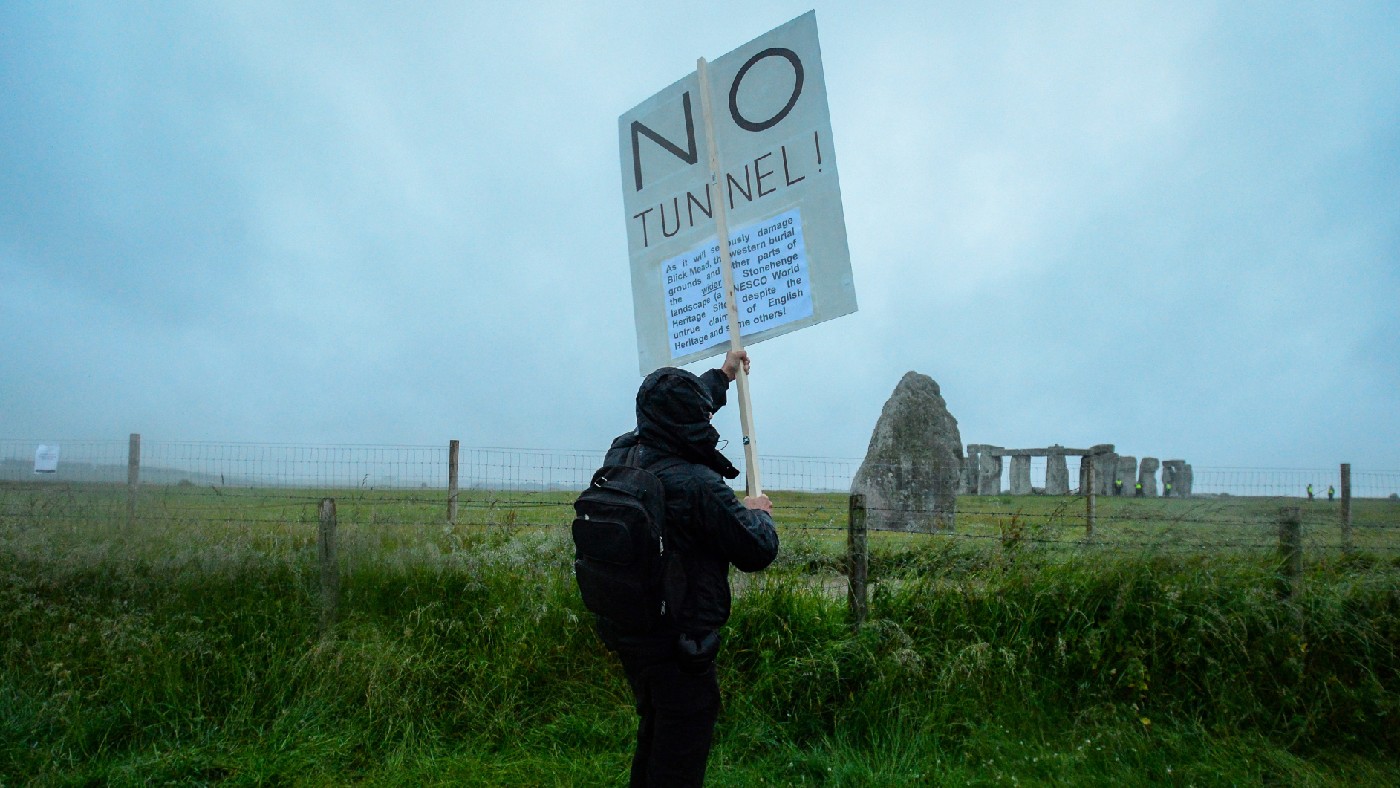
What damage could it do?
The Planning Inspectorate had recommended that Grant Shapps should withhold consent, warning it would cause “permanent, irreversible harm”.
A string of sites could be endangered by new cuttings and building work; in total, ten hectares will be churned up. At the western end of the tunnel it could cut through an early Bronze Age settlement. At the eastern end is Blick Mead, an ancient Mesolithic site, where humans gathered thousands of years before Stonehenge was erected.
A treasure trove of finds have been made there: 35,000 pieces of worked flint; the perfectly preserved hoofprints of wild cattle, known as aurochs; as well as a 7,000-year-old dog’s tooth, which has been analysed to show that it began its life far away, probably in northern England. Blick Mead’s integrity could be compromised by the construction of a tunnel entrance a few hundred metres away, and a flyover literally metres from the dig.
Do all experts oppose the plan?
No. Both the National Trust, which owns 800 hectares of land around Stonehenge, and English Heritage, which runs the site itself, are in favour of the tunnel in principle. English Heritage says the scheme “would transform Stonehenge, reunite the landscape and leave a lasting legacy for future generations”.
At present, the World Heritage Site, dotted with monuments, barrows and enclosures, is bisected by the A303: two thirds of its 6,500 acres are on the southern side of the A303, opposite Stonehenge. Grassing over the existing road (which would be turned into a track for walkers and riders) would allow for the restoration of the Stonehenge Avenue, an ancient processional route which currently crosses the A303 en route to the monument from the River Avon.
Is there a third way?
As it stands, the planned scheme is “an unattractive British compromise: a bit of a tunnel, but one that is not long enough to protect the archaeology of the World Heritage Site”, says archaeologist Professor Mike Parker Pearson, a leading expert on Stonehenge.
The Stonehenge Alliance, Unesco and others argue that the tunnel should be made longer to avoid risking damage from the construction of its portals. The Government, though, is adamant that it only has funding for a tunnel of a certain length. English Heritage has warned that a longer tunnel wouldn’t be financially viable, with the result that we would be left with the unsatisfactory status quo.
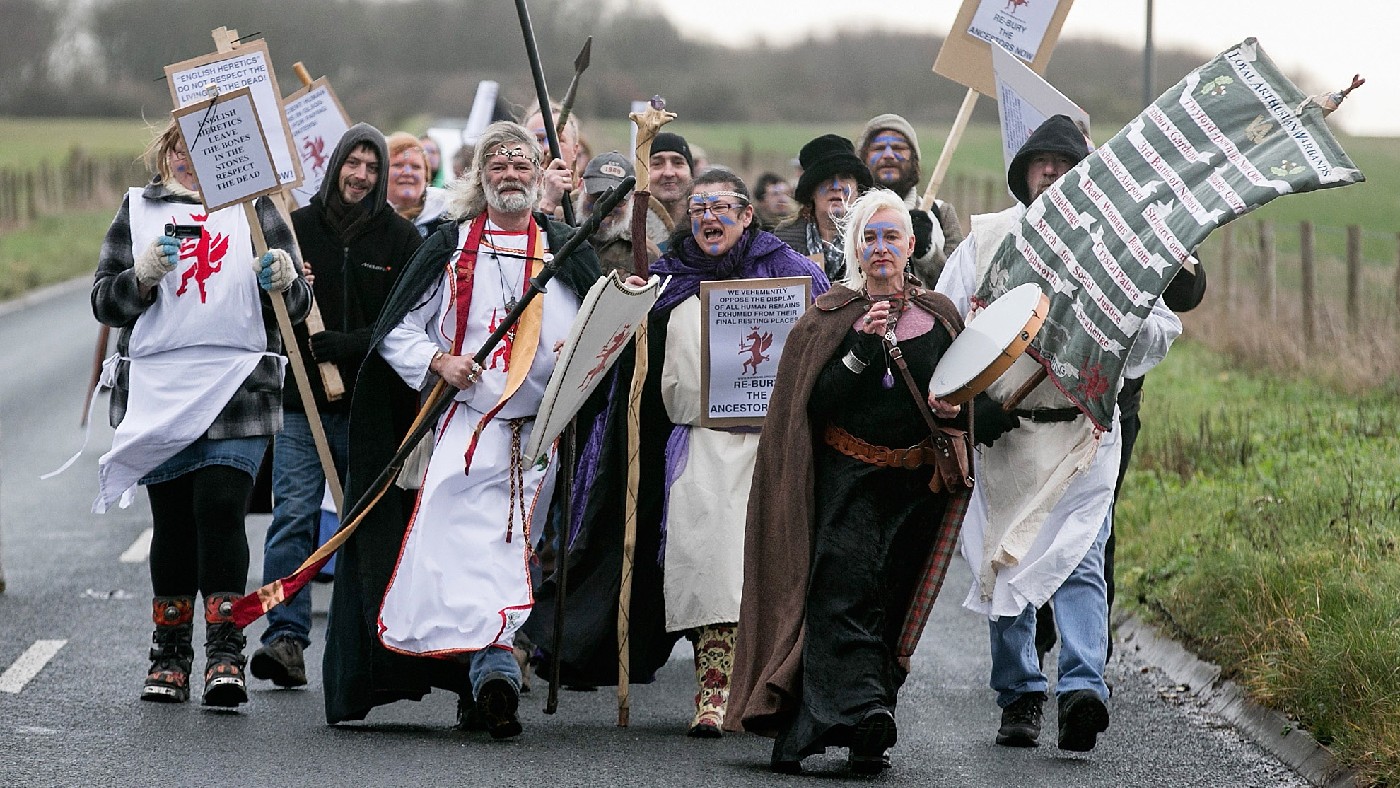
Is it actually going ahead?
Currently, that’s unclear. Highways England has said it expects to start building the tunnel between July and September 2022; the construction is expected to take five years to complete.
But a recent ruling by the High Court has thrown a spanner in the works. On 30 July, a judicial review challenging the lawfulness of the Government’s decision sided with the anti-tunnel campaigners. The High Court ruled that Shapps had acted irrationally and unlawfully when he approved the project, and that he did not properly consider alternative schemes - as required by law. It is understood that the project will have to be frozen while the Government considers its next steps.
And even if the project ends up getting the green light, some anti-tunnel campaigners have vowed to take direct action to stop the works from going ahead. “Boris Johnson claimed he’d lie down in front of the bulldozers to stop the third runway at Heathrow,” says Arthur Pendragon, a druid who claims to be an incarnation of the once and future king of England. “I really will lie in front of the bulldozers to stop this.”
This article was updated on 2 August 2021 to reflect the High Court’s judgement on 30 July
-
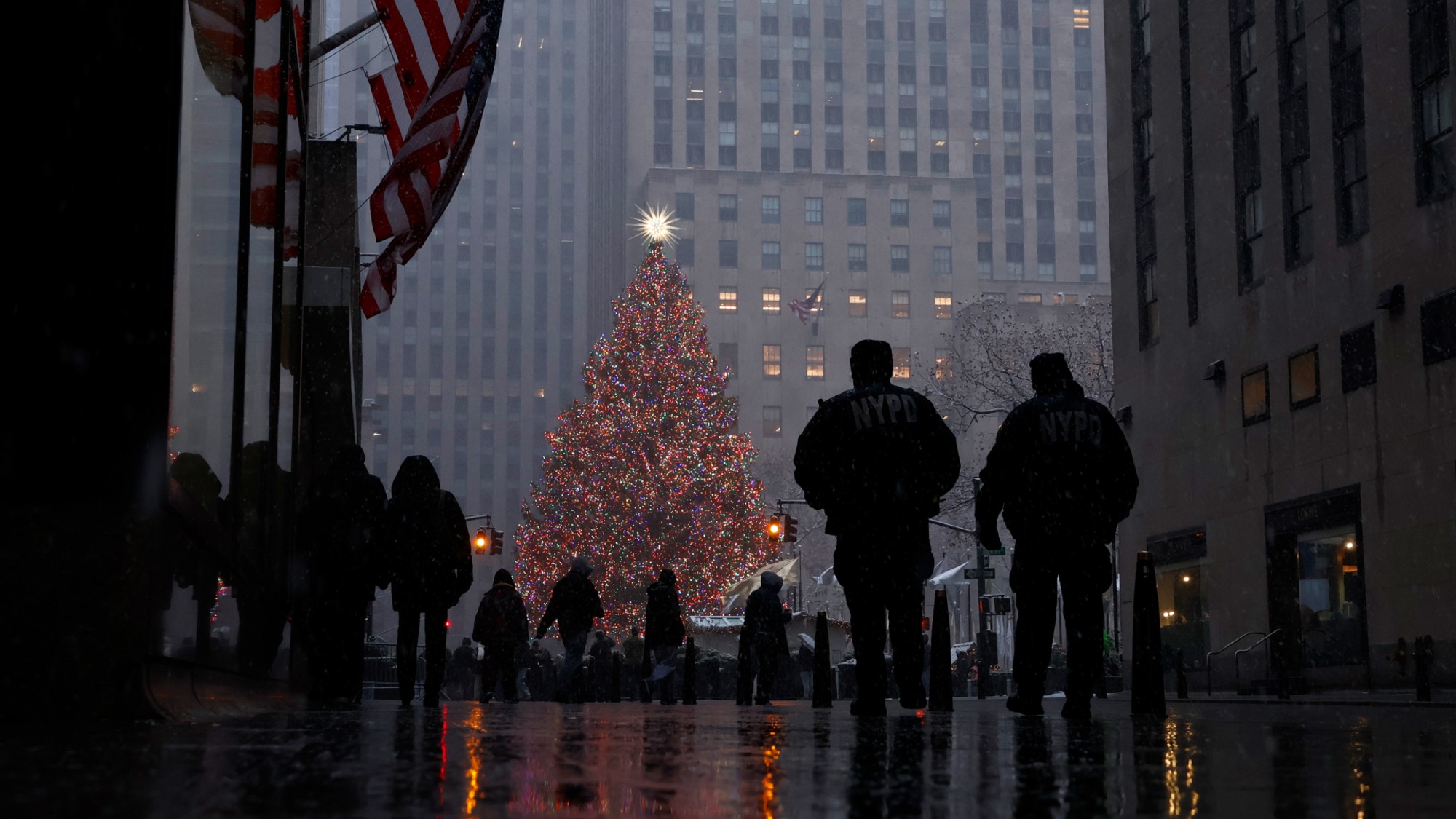 How climate change is affecting Christmas
How climate change is affecting ChristmasThe Explainer There may be a slim chance of future white Christmases
-
 The MAGA civil war takes center stage at the Turning Point USA conference
The MAGA civil war takes center stage at the Turning Point USA conferenceIN THE SPOTLIGHT ‘Americafest 2025’ was a who’s who of right-wing heavyweights eager to settle scores and lay claim to the future of MAGA
-
 The 8 best drama movies of 2025
The 8 best drama movies of 2025the week recommends Nuclear war, dictatorship and the summer of 2020 highlight the most important and memorable films of 2025
-
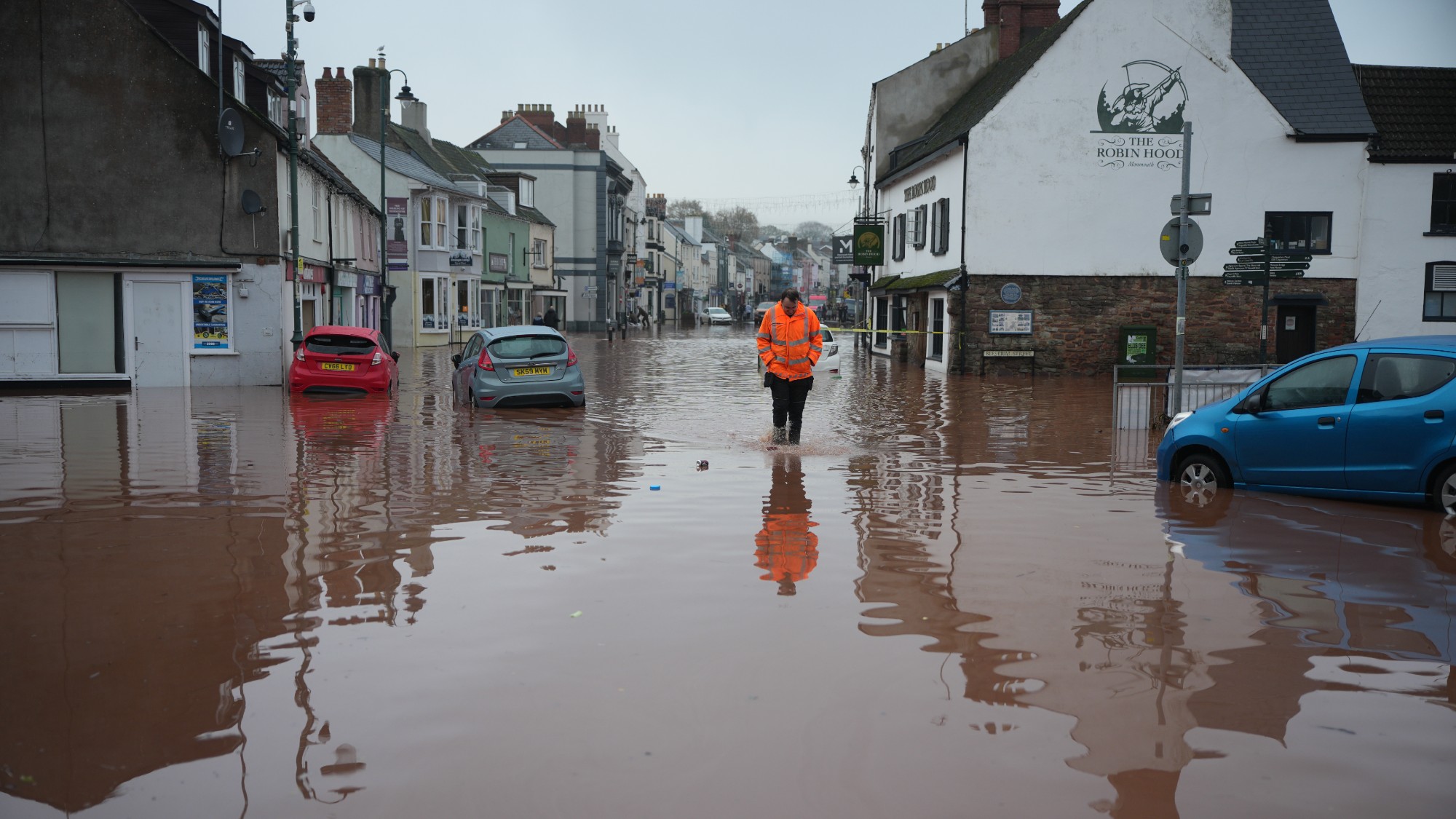 How will climate change affect the UK?
How will climate change affect the UK?The Explainer Met Office projections show the UK getting substantially warmer and wetter – with more extreme weather events
-
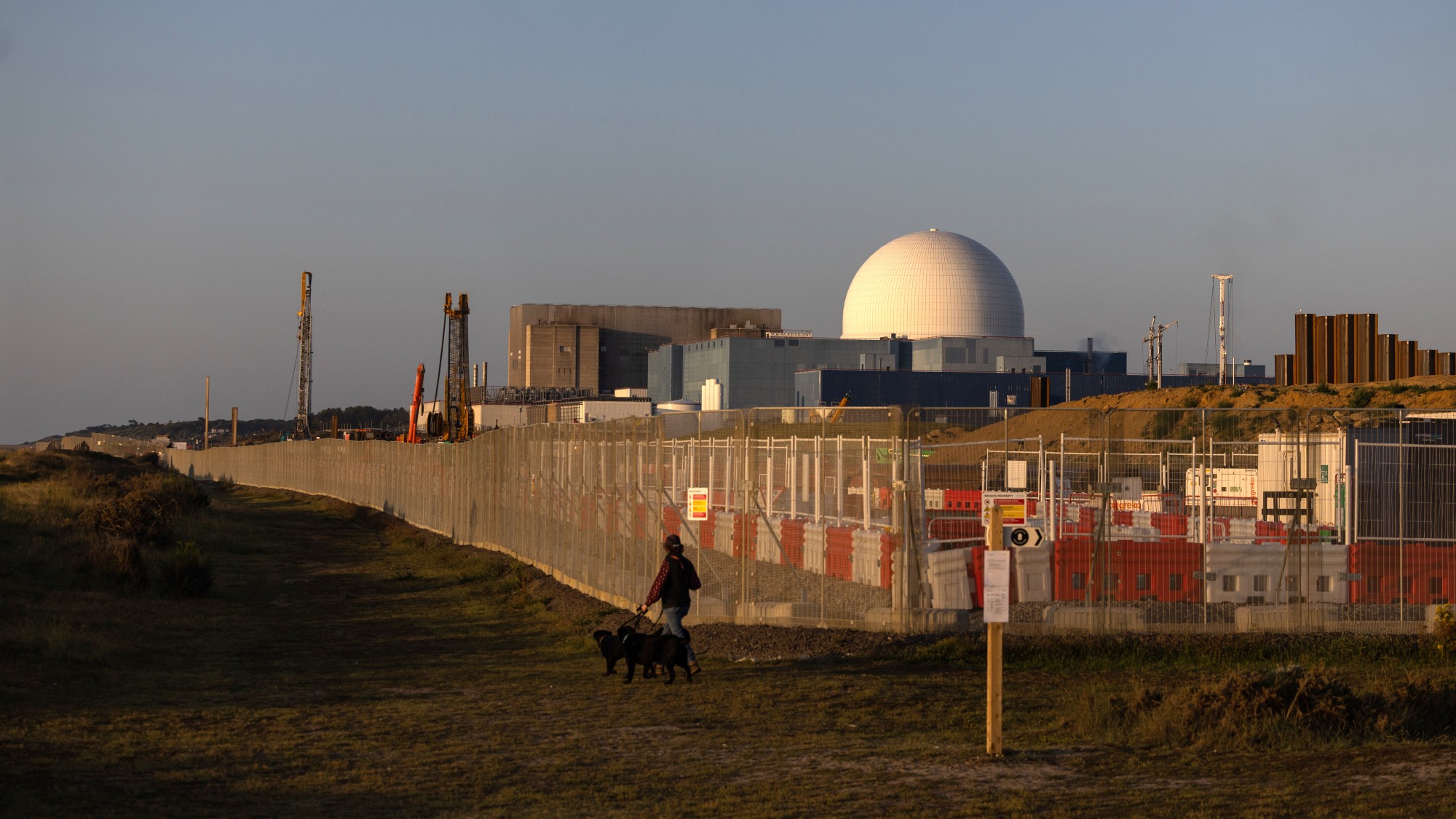 Are we entering a ‘golden age’ of nuclear power?
Are we entering a ‘golden age’ of nuclear power?The Explainer The government is promising to ‘fire up nuclear power’. Why, and how?
-
 Europe's heatwave: the new front line of climate change
Europe's heatwave: the new front line of climate changeIn the Spotlight How will the continent adapt to 'bearing the brunt of climate change'?
-
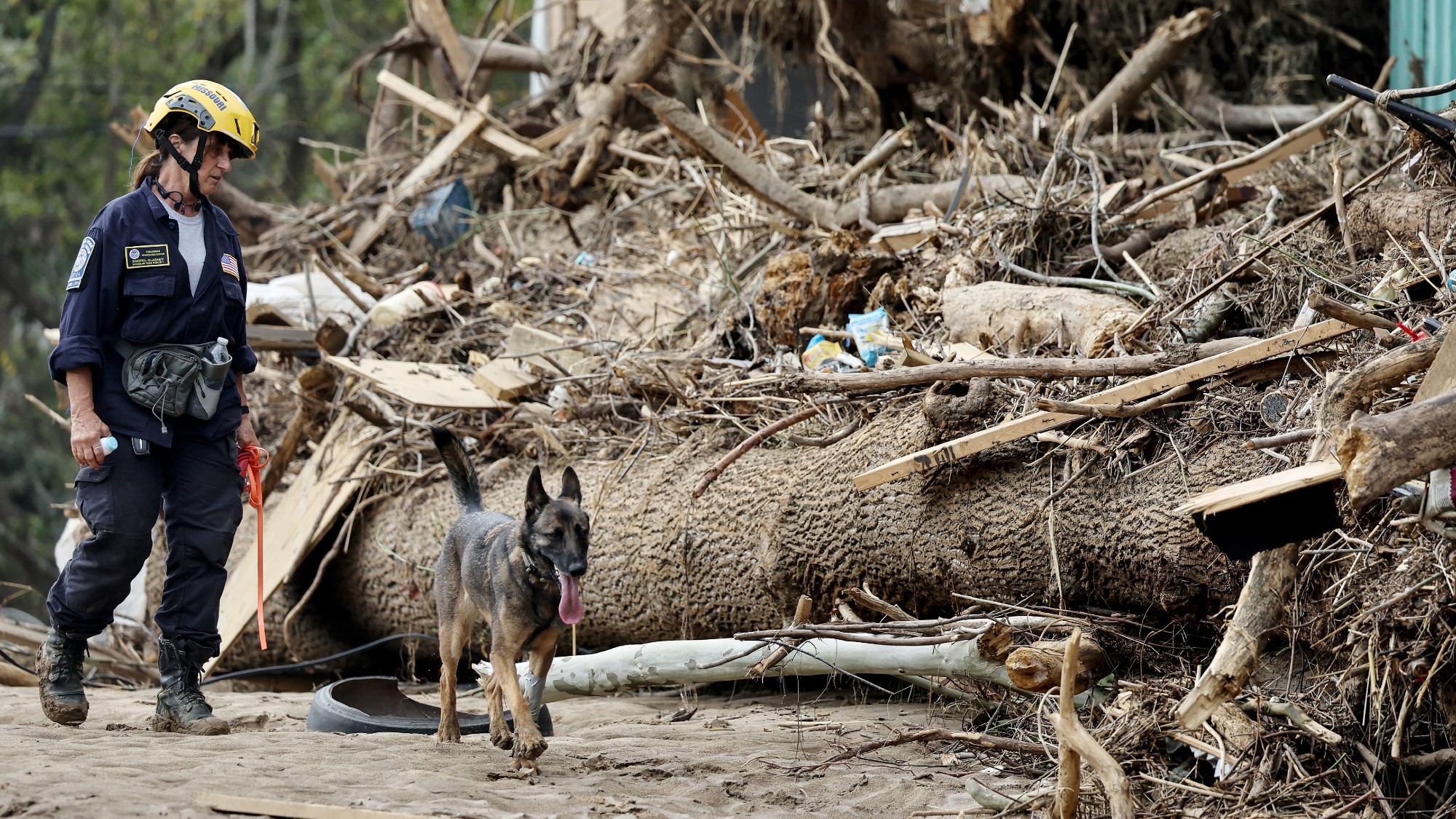 Storm warning: Will a shrunken FEMA and NOAA be able to respond?
Storm warning: Will a shrunken FEMA and NOAA be able to respond?Feature The U.S. is headed for an intense hurricane season. Will a shrunken FEMA and NOAA be able to respond?
-
 Seven wild discoveries about animals in 2025
Seven wild discoveries about animals in 2025In depth Mice have Good Samaritan tendencies and gulls work in gangs
-
 Should Los Angeles rebuild its fire-prone neighbourhoods?
Should Los Angeles rebuild its fire-prone neighbourhoods?Talking Point The latest devastating wildfires must be a wake-up call for Los Angels to 'move away from fire-prone suburban sprawl'
-
 England's great parakeet invasion
England's great parakeet invasionThe Explainer How did a parrot from the Himalayas become a common sight in southeast England?
-
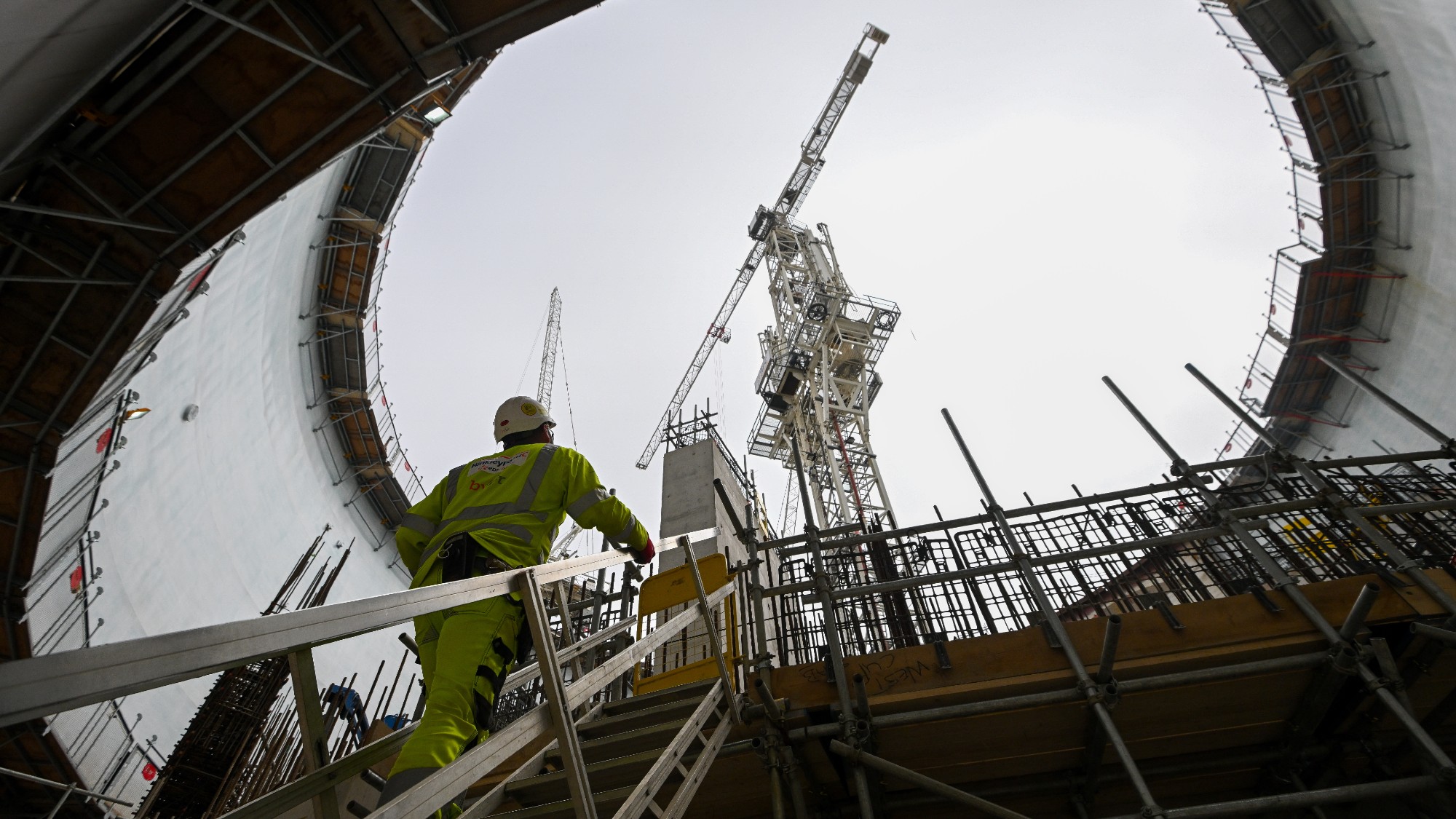 Decarbonising the national grid
Decarbonising the national gridThe Explainer In theory, Britain's electricity grid will be carbon neutral by 2035. What will that involve? Is it even possible?